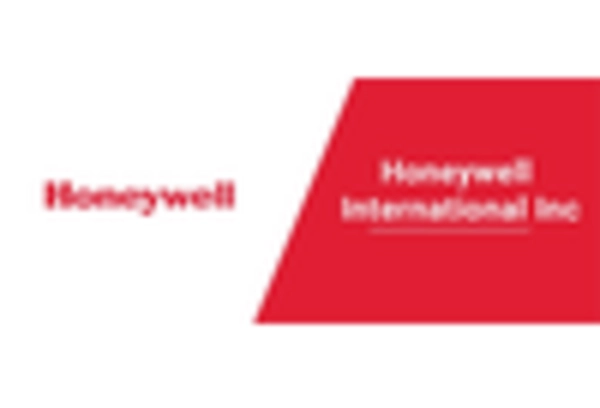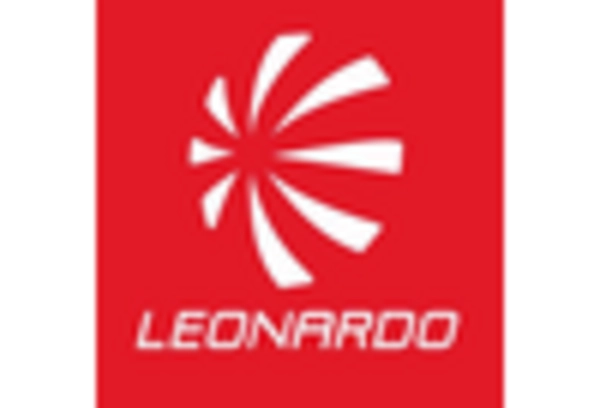Focus on Safety Enhancements
Safety remains a paramount concern in the air traffic-control-equipment market, driving the need for enhanced systems and protocols. The FAA continuously emphasizes the importance of safety in air traffic management, leading to the implementation of stricter regulations and standards. This focus on safety has resulted in increased demand for advanced equipment that can provide better situational awareness and risk management capabilities. As a result, manufacturers are likely to prioritize the development of systems that meet these heightened safety requirements. The air traffic-control-equipment market is thus expected to grow as stakeholders invest in technologies that enhance safety and compliance.
Increased Air Traffic Demand
The air traffic-control-equipment market is experiencing a surge in demand due to the rising number of flights in the United States. As air travel becomes more accessible, the Federal Aviation Administration (FAA) projects a growth of approximately 3.5% annually in air traffic over the next decade. This increase necessitates advanced air traffic control systems to manage the higher volume of aircraft safely and efficiently. Consequently, investments in modern equipment are essential to enhance operational capacity and ensure safety. The air traffic-control-equipment market is thus poised for growth as stakeholders seek to upgrade their systems to accommodate this demand, ensuring that airspace remains safe and efficient.
Emergence of Smart Technologies
The integration of smart technologies into the air traffic-control-equipment market is transforming how air traffic is managed. Innovations such as artificial intelligence (AI), machine learning, and data analytics are being adopted to optimize traffic flow and enhance decision-making processes. These technologies can potentially reduce delays and improve safety by providing real-time data analysis and predictive insights. The air traffic-control-equipment market is likely to see a shift towards systems that incorporate these smart technologies, as stakeholders recognize their potential to streamline operations and enhance overall efficiency. This trend may lead to a competitive advantage for those who invest in such advancements.
Collaboration with Private Sector
The air traffic-control-equipment market is witnessing a trend of increased collaboration between public agencies and private sector companies. This partnership aims to leverage private sector innovation and investment to enhance air traffic management systems. By engaging with technology firms, the FAA and other agencies can access cutting-edge solutions that improve efficiency and safety. Such collaborations may lead to the development of new equipment and systems tailored to meet the evolving needs of air traffic control. The air traffic-control-equipment market is likely to benefit from this synergy, as it fosters innovation and accelerates the deployment of advanced technologies.
Investment in Infrastructure Modernization
The air traffic-control-equipment market is significantly influenced by ongoing investments in infrastructure modernization across the United States. The FAA has allocated substantial funding, estimated at $1.5 billion annually, to upgrade air traffic control systems and facilities. This investment aims to replace outdated equipment and implement cutting-edge technologies that improve communication, navigation, and surveillance capabilities. As a result, the air traffic-control-equipment market is likely to benefit from increased procurement of advanced systems that enhance operational efficiency and safety. The modernization efforts not only address current challenges but also prepare the air traffic management system for future demands.

















Leave a Comment